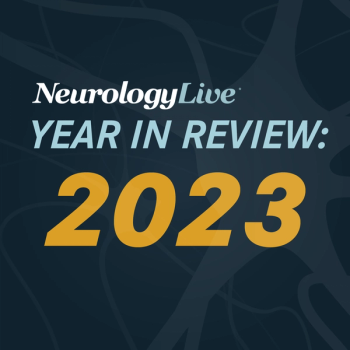
These were the most-watched interviews with experts in headache and migraine that we conducted in 2023, brought to you as part of NeurologyLive®'s Year in Review.

These were the most-watched interviews with experts in headache and migraine that we conducted in 2023, brought to you as part of NeurologyLive®'s Year in Review.

As part of NeurologyLive®'s Year in Review, take a look at our most-read news in multiple sclerosis in 2023.

The neurologist at Cleveland Clinic shared thoughts on a recently published study assessing the relationship between blood biomarkers and change in cognitive function and brain volumes in a cohort of professional fighters.

In 2023, these episodes of the Mind Moments® podcast got the most attention from listeners, with this list brought to you as part of NeurologyLive®'s Year in Review.

As part of NeurologyLive®'s Year in Review, take a look at our most-watched interviews with key opinion leaders in neuromuscular disorders in 2023.

As part of NeurologyLive®'s Year in Review, take a look at our most-read news in movement disorders in 2023.

As part of NeurologyLive®'s Year in Review, take a look at our top news articles in headache and migraine in 2023.

Here's some of what is coming soon to NeurologyLive® this week.

As part of NeurologyLive®'s Year in Review, take a look at our most-watched expert interviews in sleep disorders in 2023.

As part of NeurologyLive®'s Year in Review, take a look at our most-read news in epilepsy and seizure disorders in 2023.

As part of NeurologyLive®'s Year in Review, take a look at our most-read news in stroke and cerebrovascular disease in 2023.

As part of NeurologyLive®'s Year in Review, take a look at our most-read news stories in Alzheimer disease and dementia in 2023.
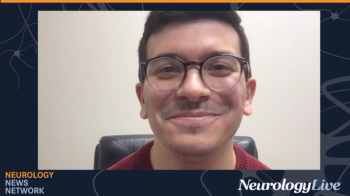
Neurology News Network for the week ending December 23, 2023. [WATCH TIME: 4 minutes]
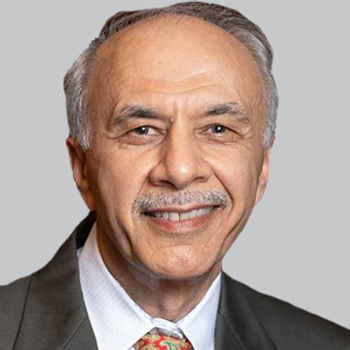
Sami Khella, MD, professor of clinical neurology at the Perelman School of Medicine at the University of Pennsylvania School of Medicine, shared his reaction to the approval of eplontersen for the treatment of hereditary transthyretin-mediated amyloid polyneuropathy.

Take 5 minutes to catch up on NeurologyLive®'s highlights from the week ending December 22, 2023.
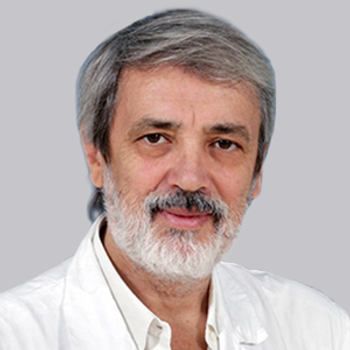
A new study revealed daytime continuous polysomnography as a reliable and easily accessible diagnostic tool for identifying narcolepsy type 1 among pediatric patients.

With the approval, eplontersen becomes the first approved treatment for patients with hereditary transthyretin-mediated amyloid polyneuropathy that can be self-administered via an autoinjector.

Researchers have successfully grown norepinephrine neurons from stem cells, which are critical for regulating various bodily functions, offering new insights into neurodegenerative diseases such as Alzheimer and Parkinson.
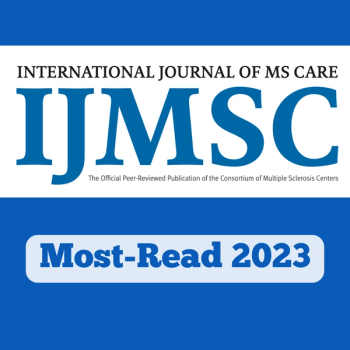
Click through for the most-read articles from the 2023 issues of the International Journal of MS Care: cannabis, fall prevention, parental MS, and more.
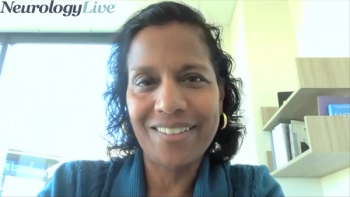
The chief medical officer of Acadia Pharmaceuticals provided commentary on a caregiver analysis assessing beneficial experiences with trofinetide in patients with Rett syndrome. [WATCH TIME: 4 minutes]
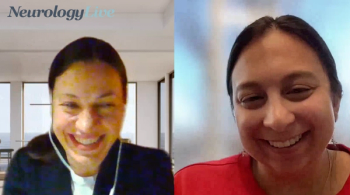
The European evidence generation strategy lead for epilepsy and rare syndromes at UCB Pharma talked about positive results from observational studies assessing the impact of brivaracetam among patients with focal seizures, which was presented at AES 2023. [WATCH TIME: 5 minutes]

The research aimed to assess FMD prevalence and clinical manifestations in both elderly and younger onset individuals, revealing insights into symptom variations across different age groups.
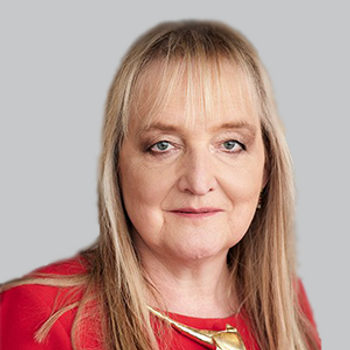
The newly announced trial, dubbed ReTain, will featured 500 individuals with preclinical Alzheimer disease who will be randomized to ACI-35.030 or placebo for a maximum of 4 years.

According to a recent study, investigators found no reports of moderate or severe adverse events with a high dose of nicotinamide riboside therapy in patients with Parkinson disease.

In newly released data, AMT-130 showed a manageable safety profile at both low and high doses in patients with Huntington disease, supporting the gene therapy's continued development.

As part of our monthly clinician spotlight, NeurologyLive® highlighted headache medicine expert Amaal J. Starling, MD, FAHS, FAAN, associate professor in the department of neurology at Mayo Clinic College of Medicine.
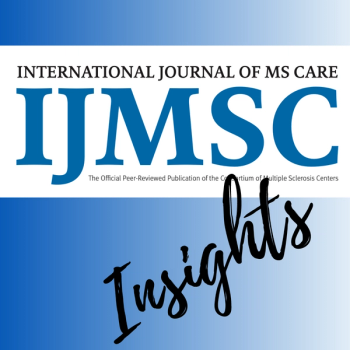
A new feature on NeurologyLive®, IJMSC Insights offers a closer look at the latest research and the people behind it from the community of the International Journal of Multiple Sclerosis Care (IJMSC) and the Consortium of Multiple Sclerosis Centers (CMSC).

The senior vice president, global head of medical affairs, and chief medical officer at Acadia Pharmaceutical, gave an overview of LILAC-2, a long-term extension study assessing trofinetide (Daybue), the first approved therapy for Rett syndrome.

A recent systematic practice review outlined pragmatic recommendations to enhance palliative care for patients with Parkinson disease and their caregivers, emphasizing integration, coordination, and personalized care plans.
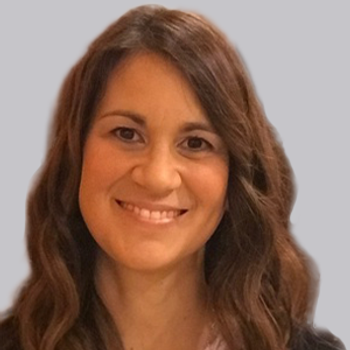
In a recent case study of a 32-year-old man diagnosed with Friedreich ataxia, parental sample testing identified a novel intragenic deletion involving the 5'UTR upstream region and exons 1 and 2 of the FXN gene.